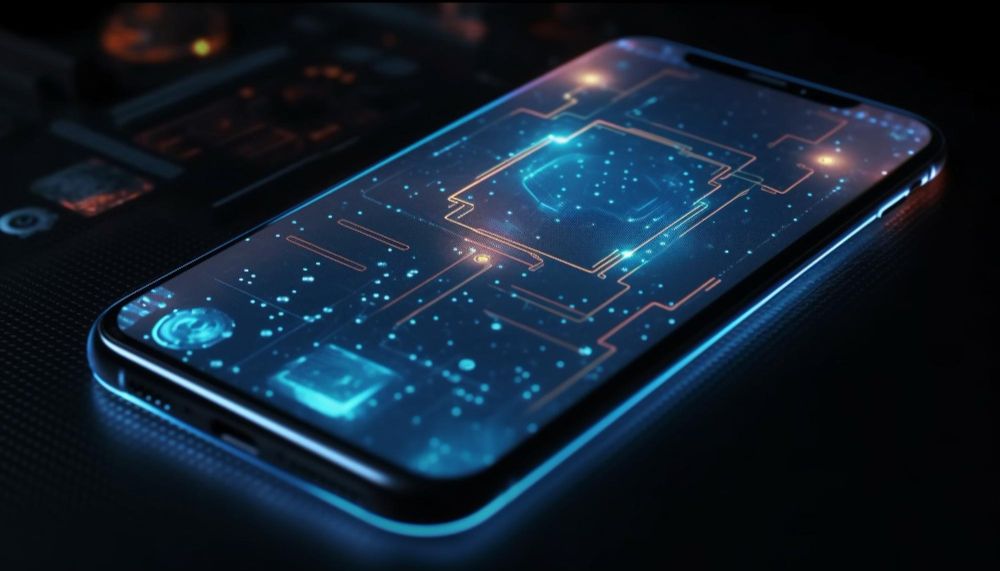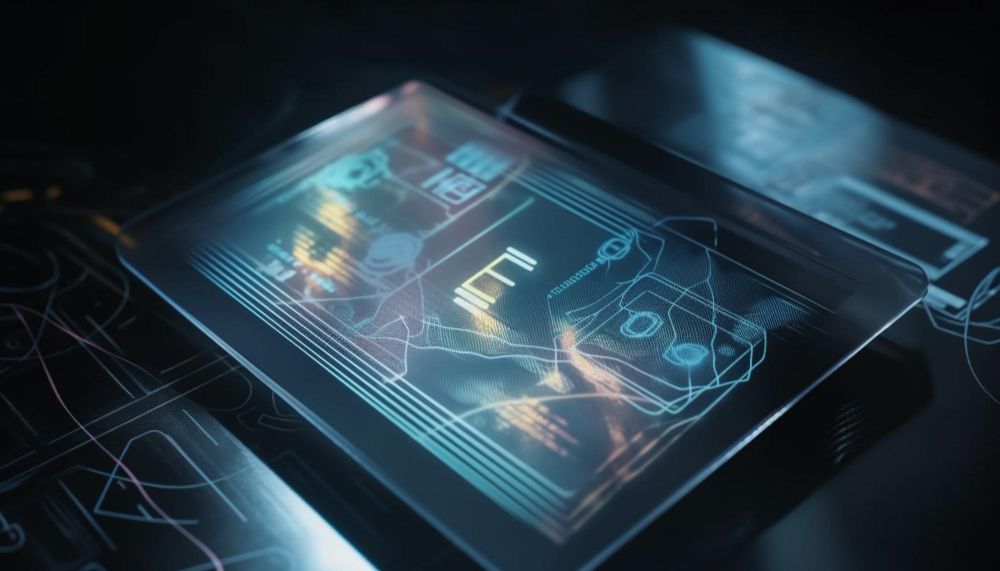Overview:
Product-Led Growth (PLG) represents a paradigm shift in how businesses approach product development and customer engagement. At the core of this approach is customer success, a pivotal element that not only drives user satisfaction but also fosters long-term loyalty and engagement. This resource delves into the strategies and steps essential for integrating customer success into the PLG framework, ensuring that customer satisfaction remains at the forefront of product-led initiatives.
In the realm of PLG, customer success transcends traditional support roles, evolving into a strategic partner in the customer's journey. From onboarding to advocacy, customer success plays a multifaceted role, ensuring that users not only realize the value of the product but also become active promoters of it. Understanding and implementing effective strategies for customer success is crucial for businesses looking to thrive in a product-led environment.
Steps for Customer Success in PLG

- Onboarding and Education: Implement a streamlined onboarding process that educates customers about the product's value and usage. *
- Continuous Engagement: Develop ongoing communication strategies to keep customers informed and engaged with the product.
- Feedback and Adaptation: Regularly collect and analyze customer feedback to adapt and improve the product.
- Personalization and Customization: Offer personalized experiences tailored to individual customer needs and preferences.
- Proactive Support: Anticipate customer challenges and provide proactive support to address them promptly.
- Community Building: Foster a community around the product to enhance customer engagement and loyalty.
- Data-Driven Strategies: Utilize customer data and analytics to understand usage patterns and improve customer experiences.
- Cross-Functional Collaboration: Ensure alignment between product, marketing, sales, and customer success teams for a cohesive PLG strategy.
- Customer Success Metrics: Define and monitor key metrics related to customer success, such as churn rate, customer satisfaction score (CSAT), and Net Promoter Score (NPS).
- Long-term Relationship Building: Focus on building long-term relationships with customers, transitioning from transactional interactions to enduring partnerships.
*The onboarding process in a Product-Led Growth (PLG) approach can encompass various types, each tailored to effectively introduce users to the product and facilitate their journey towards becoming proficient and satisfied customers.
Here are some key types of onboarding processes:

- Self-Guided Tours: This type of onboarding allows users to explore the product at their own pace through a series of guided steps. Interactive elements like pop-up tooltips and highlight features can guide users through the essential functionalities.
- Progressive Onboarding: Here, the complexity of information and features presented to the user increases progressively as they become more familiar with the product. This approach helps avoid overwhelming new users with too much information at once.
- Checklist-Based Onboarding: Users are provided with a checklist of actions to complete as they start using the product. This method helps users understand the key features and encourages a sense of accomplishment as they check off tasks.
- Video Tutorials and Webinars: These are especially useful for complex products. Short, engaging video tutorials or live webinars can provide users with a comprehensive understanding of the product.
- Email Onboarding Sequence: Sending a series of onboarding emails can be an effective way to guide new users through the product’s features over time, providing tips and resources at a manageable pace.
- In-App Messaging and Support: Using in-app messaging tools to offer help and support can be crucial in onboarding. This includes chatbots, help centers, or direct messaging features for real-time assistance.
- Personalized Onboarding: Based on the user’s role, industry, or preferences, the onboarding experience is customized to show the most relevant features and use cases, enhancing the perceived value of the product.
- Gamified Onboarding: Incorporating elements of gamification like rewards, badges, and progress bars can make the onboarding process more engaging and fun, encouraging users to explore more features.
- Interactive Demos: Rather than passive walkthroughs, interactive demos allow users to learn by doing, which can be more effective in understanding and retaining how to use the product.
- Customer Success-Driven Onboarding: For high-value customers or more complex products, personalized onboarding sessions with a customer success representative can ensure a deep understanding and integration of the product into the user's workflow.

In the PLG model, customer success is not just a department but a culture that permeates every aspect of the business. By prioritizing customer success and aligning it with product-led strategies, businesses can unlock new levels of customer satisfaction and engagement, driving sustainable growth and success. Implementing these strategies will ensure that your organization not only meets but exceeds customer expectations in a product-led world.



